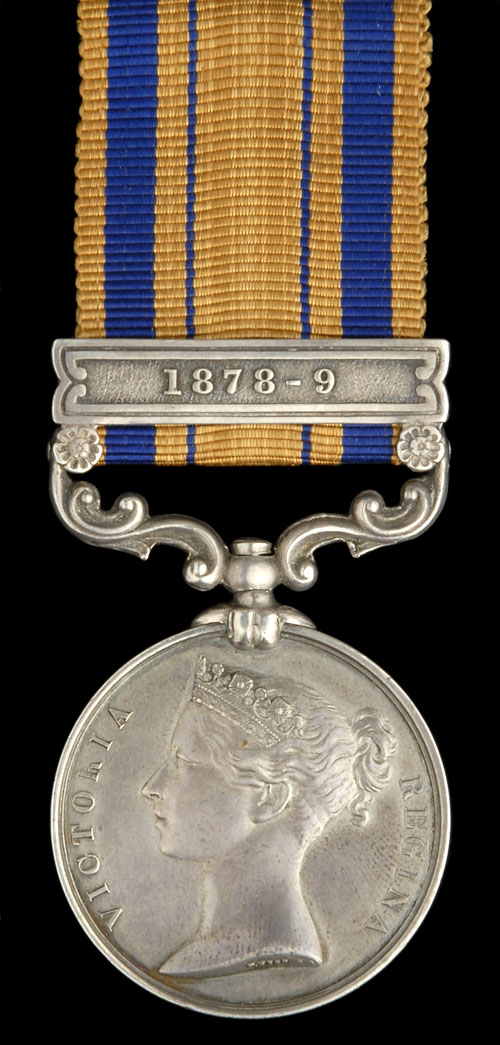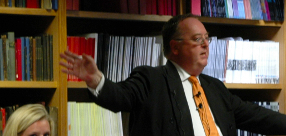
Auction: 9033 - Orders, Decorations, Campaign Medals & Militaria
Lot: 149
South Africa 1877-79, one clasp, 1878-9 (Civil Surgn. B.F. Giles), very fine Estimate £ 500-550 Mr. Bernard Faraday Giles was a Civilian Surgeon who was attached to the Army Medical Department for service during the war in South Africa 1877-79; during the latter campaign he served with Pearson´s Column, ´The entire strength of the column was therefore 2055 white troops and 2342 natives, forming a total of 4397. This column was under the command of Col. Pearson, formerly of "the Buffs", Col. Walker, C.B., Scots´ Guards, was Staff-Officer, and Capt. McGregor, 29th regiment, Quartermaster-General. The medical officers included Surgeon-Major Fitzmaurice, A.M.D., Surgeon Thompson, R.N., Civil Surgeons Mansell and Giles, and myself. The commissariat was in charge of Commissary Heygate, while the Rev. Mr. Robertson, the well-known Zulu missionary, was attached to the column as chaplain and political agent´ (The Naval Brigade in South Africa, refers); at the same time as the heavy defeat at Isandhlwana was occurring Pearson´s column repelled a Zulu advance to the south-east at Inyanzani (this engagement was reported to be the first time a Gatling gun was used in action by British forces); the column also repelled a 6,000 strong Zulu attempt to stop the British advance to Ulundi, before finally reaching Eshowe where Pearson decided to dig in and fortify the position; Giles was present during the siege of Eshowe, which lasted 71 days, before the column was relieved by Lord Chelmsford, ´On the 16th.... Mr. Coker, midshipman, died of dysentery, with which he had been ill for some weeks: it was induced by sleeping at night in the open, at his post beside the Gatling gun, during very wet weather.... He was buried on the following day, and being generally beloved, nearly every officer in the fort followed his remains to the grave..... The cemetery at Ekowe [sic] was a pattern of neatness and good taste. Capt. Gelston, of "the Buffs", devoted a great part of his time to it. At the head of nearly every grave was a nicely finished Latin cross, or a modification of that emblem, made generally of wood: the inscriptions were cleverly carved, several of them by Gelston himself and by Dr. Giles, one of the medical officers.´ (Ibid)
Sold for
£580




